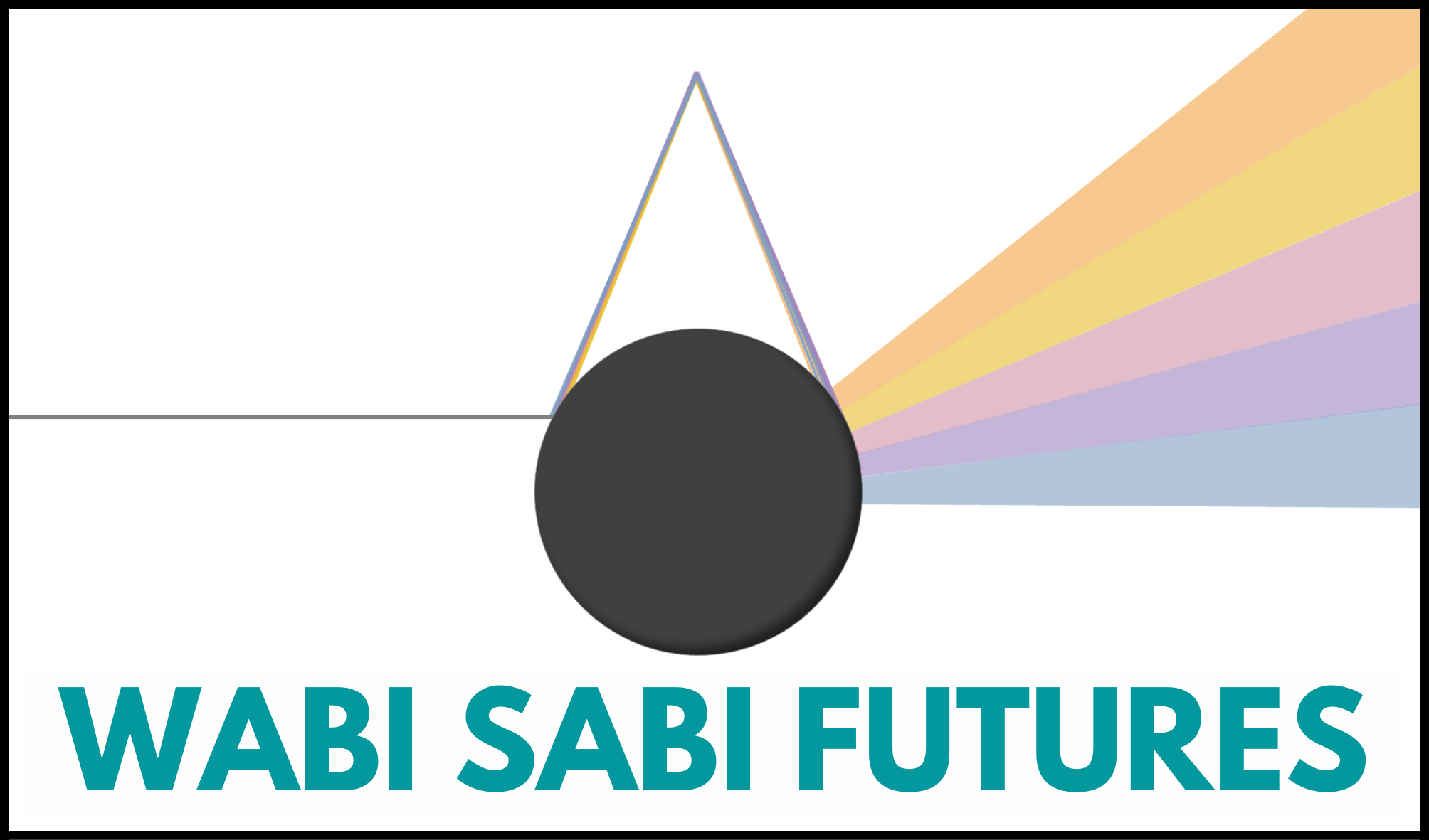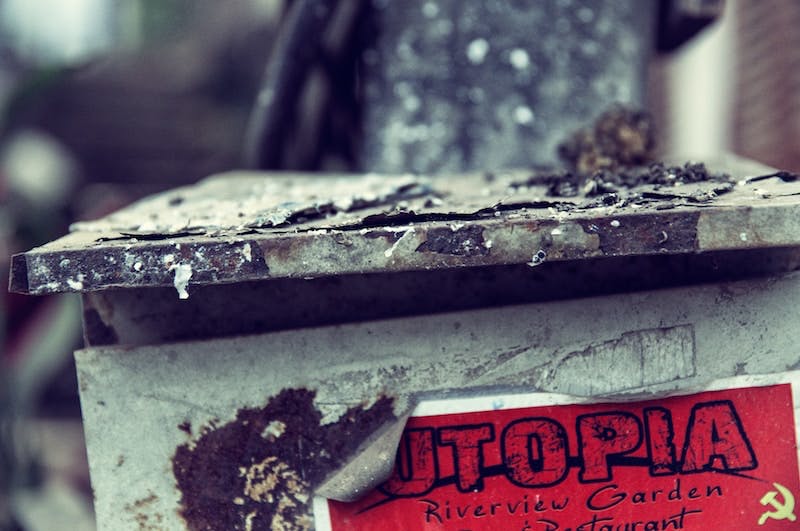Is it better to imagine doom and gloom futures as a cautionary tale, or create somewhat naïve scenarios that present a cheerfully optimistic future?
This question has come up in the Futures Book Club as we sink our teeth into Rob Hopkins’ book From What Is To What If. This book opens with a richly textured vision of a hopeful and regenerative future that we can get excited about.
“I’ve come to believe we desperately need stories like this – stories of How Things Turned Out OK – because if there is a consensus about anything in the world at this point, it seems to be that the future is going to be awful…
Sadly, it seems far easier to imagine almost any dystopian scenario than the possibility that we might actually still have the competence to act, to create something else, to dig ourselves out of the many holes of our own making.”
– Rob Hopkins
One way to work with the tension between these 2 poles is to play in the messy middle between them.
When I was learning to write scenarios, Peter Hayward would encourage us to envision scenarios that weren’t utopian or dystopian, instead aiming to create a suite of interesting futures that prompt unexpected insights.
It reminded me of a storytelling game I played as a child. It would go something like this:
Person 1: I was going on holiday. Fortunately, I was upgraded to first class
Person 2: Unfortunately, we hit turbulence and the airline host spilt red wine all over me
Person 1: Fortunately, I was given a super comfy pair of pajamas to wear for the rest of the flight
Person 2: Unfortunately, my luggage was lost…
The result of these futures is something that isn’t easily dismissed as good or bad, but provides interesting views that we need to really engage with to make sense of what they evoke in us.
Personally, I prefer this approach. It helps me keep my perfectionist tendencies in check by deliberately not seeking to envision a perfect future.
This is also part of the reason my brand is Wabi Sabi Futures – as a reminder to ground my practice in the belief that ultimately nothing lasts, nothing is finished, and nothing is perfect. Not even utopian futures.
I’m also sensitive to the fact that there are a lot of legitimate concerns about the futures we are creating, and it’s increasingly challenging to imagine hopeful plausible futures.
I was trained in the belief that hope is an important ingredient to cultivate when contemplating the future, because hope stems from our sense of agency and awareness of pathways forward.
At this time, I think one of the most important things we can do in the field is help build people’s capacity for envisioning compelling, hopeful futures that help us tap into greater agency and pathways to futures worth wanting.
I see this as different from overly optimistic views of the future which run the risk of glossing over conflict and coming across as undercooked or naïve. Hopeful futures are anchored in the reality of the present, while showing plausible pathways to somewhere we want to go.

